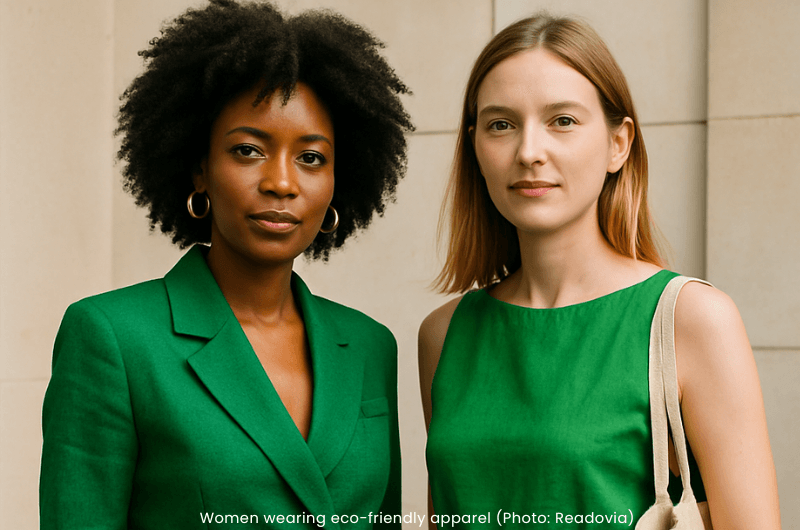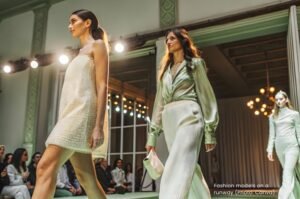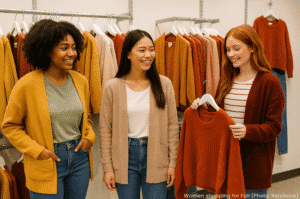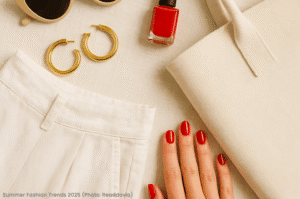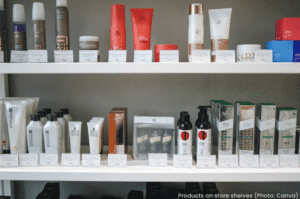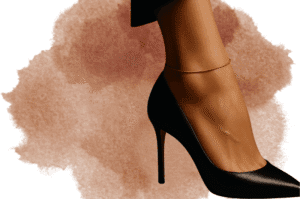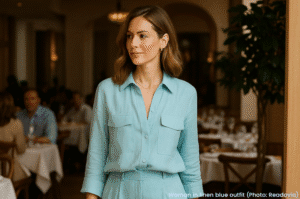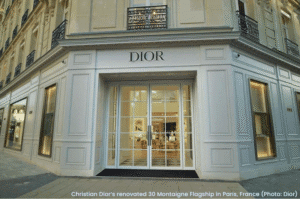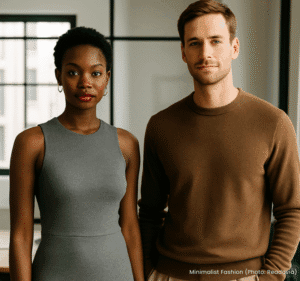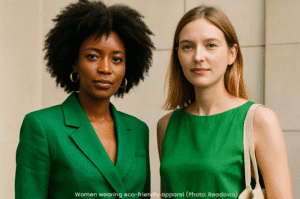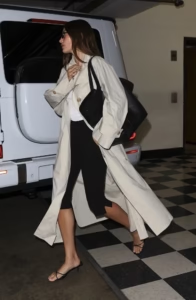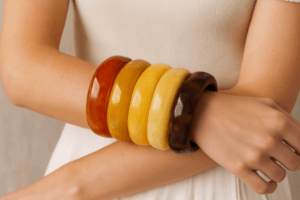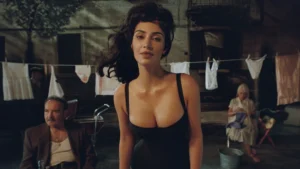Eco-Conscious Fashion Finds Its Spotlight
Sustainable fashion is no longer a side note — it’s stepping onto the runway.
From biodegradable fabrics to zero-waste production, more designers and brands are rethinking what it means to be stylish in 2025. The shift isn’t just ethical — it’s aesthetic. “Green” is finally going glam.
Whether it’s Stella McCartney’s mushroom leather or Levi’s water-saving denim process, fashion houses are putting sustainability front and center — not just for the environment, but because modern shoppers are demanding it.
What’s Driving the Change?
- Gen Z spending habits: This generation shops with values — and isn’t afraid to question fast fashion.
- Luxury brands going green: High-end names like Gucci and Burberry are launching eco-focused collections without sacrificing style.
- Tech meets textiles: Innovations in recycled materials, biodegradable dyes, and digital pattern cutting are cutting waste and carbon.
- Climate-conscious consumers: With weather extremes and environmental news dominating headlines, sustainability has become personal.
What It Means for Your Closet
Today’s sustainable fashion isn’t just linen and hemp anymore. It’s structured silhouettes made from ocean plastic. Luxe dresses crafted from regenerative cotton. Sneakers designed to be composted when you’re done with them. Yeah. And resale platforms like The RealReal and Poshmark are turning vintage into everyday wear.
Eco-style has evolved from niche to mainstream — and in many cases, it’s setting the standard.
The Gimmy
Sustainability is no longer just a fashion trend — it’s part of the industry’s future. Whether you’re a high-end shopper or a thrift-store loyalist, being fashion-forward in 2025 means thinking about what your clothes cost the planet.
The Author

Sasha Lane
Staff Writer, Readovia


